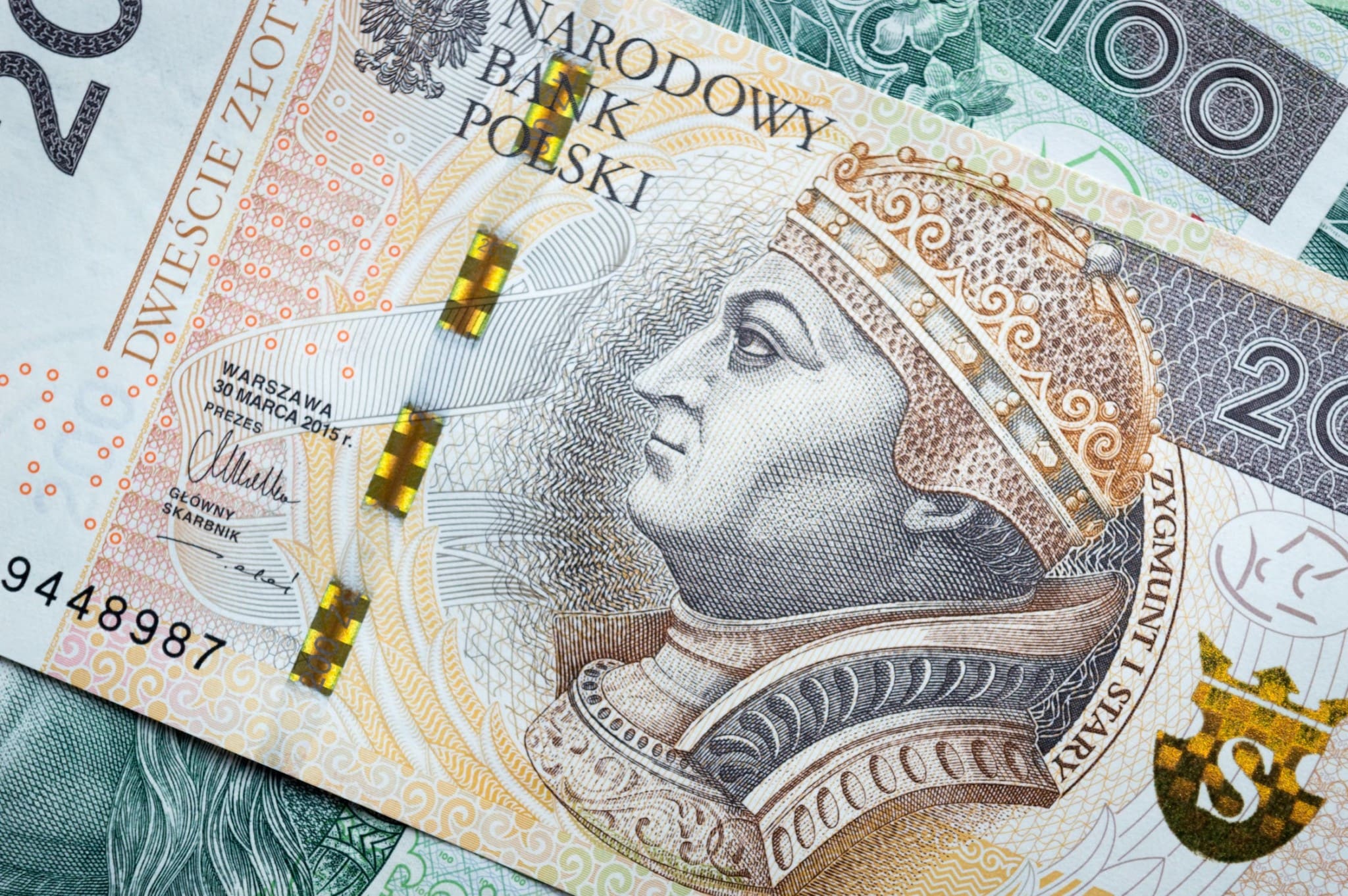The Polish Monetary Policy Council has kept the central bank’s (NBP) interest rate at 5.75 percent, the same level it has been since October of last year, and there seems little or no prospect of interest rate reductions any time soon.
The decision to maintain interest rates at 5.75 percent, despite a fall in the inflation rate, is explained by the high level of regulatory uncertainty and inflationary pressures driven by decisions to increase VAT on food to 5 percent, an increase in energy prices as a result of falling subsidies, and pay increases well above the rate of inflation.
As a result, forecasters believe that inflation could reach the level of 5 percent at some point this year, well above the central bank’s 2.5-percent inflation target.
The strength of economic growth in the first quarter (1.5 percent) was disappointing, but this has not convinced the monetary authorities to soften their stance because of the inflationary pressures facing the economy.
The result of the maintenance of relatively high interest rates in Poland has been an increase in the value of the Polish currency, the zloty.
Since both Hungary and Czechia have been reducing interest rates, the Polish zloty has gained 5 percent in value against the Hungarian forint and the Czech crown.
However, the zloty has also risen in value against the Swedish crown, the British pound, and the Swiss franc, as well as the euro. It has also gained against the U.S. dollar, a trend that may continue if the Federal Reserve lowers interest rates.






